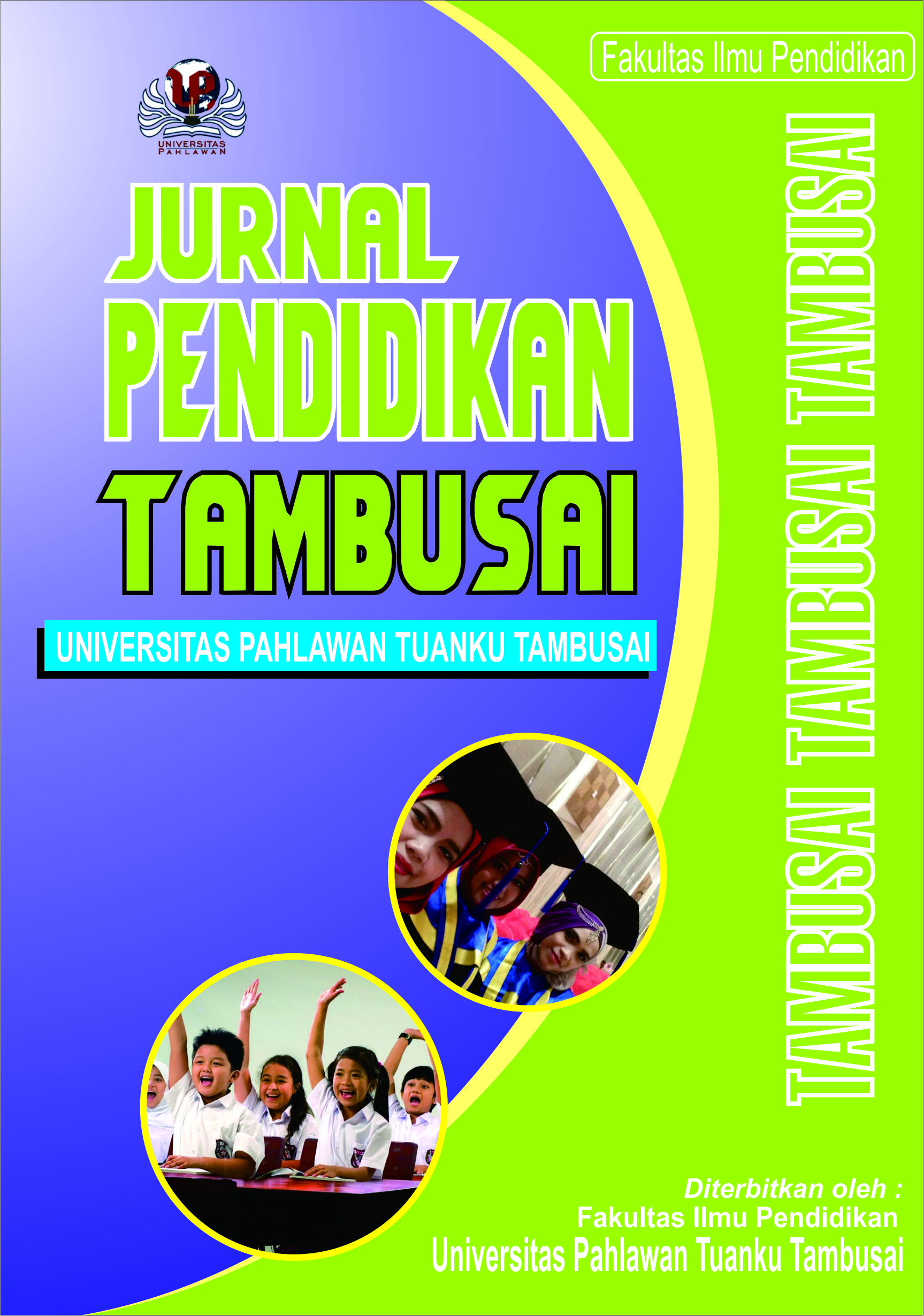Pengembangan Media Pembelajaran Terintegrasi Markerless Augmented Reality pada Materi Larutan Elektrolit dan Non-Elektrolit Fase F Kimia SMA/MA
Keywords:
Media Pembelajaran, Markerless Augmented Reality, Larutan Elektrolit, Educational Designs ResearchAbstract
Media pembelajaran dapat membantu siswa memahami konsep-konsep abstrak. Salah satu materi yang sering menemui kendala adalah larutan elektrolit dan non-elektrolit, yang sulit dipahami tanpa visualisasi yang tepat. Penelitian ini meurpakan Educational Design Research (EDR) dengan model Plomp untuk mengembangkan media pembelajaran terintegrasi Augmented Reality (AR) yang mengintegrasikan representasi makroskopik, submikroskopik, dan simbolik. Penelitian ini dibatasi hingga tahap pengembangan prototipe. Hasil evaluasi validitas menunjukkan nilai rata-rata 0,89, menandakan bahwa media ini valid dalam hal konten, konstruk, dan kualitas teknis. Berdasarkan hasil evaluasi, media ini valid dan dapat menjaid pilian bagi guru dan siswa guna memenuhi kebutuhan medie pembelajaran dala, proses pembelajaran. Penelitian ini menyimpulkan bahwa media AR dapat meningkatkan kualitas pembelajaran kimia.
Downloads
Published
How to Cite
Issue
Section
Citation Check
License
Copyright (c) 2024 Shania Ramadani

This work is licensed under a Creative Commons Attribution-ShareAlike 4.0 International License.
Authors who publish with this journal agree to the following terms:
- Authors retain copyright and grant the journal right of first publication with the work simultaneously licensed under a Creative Commons Attribution License that allows others to share the work with an acknowledgement of the work’s authorship and initial publication in this journal.
- Authors are able to enter into separate, additional contractual arrangements for the non-exclusive distribution of the journal’s published version of the work (e.g., post it to an institutional repository or publish it in a book), with an acknowledgement of its initial publication in this journal.
- Authors are permitted and encouraged to post their work online (e.g., in institutional repositories or on their website) prior to and during the submission process, as it can lead to productive exchanges, as well as earlier and greater citation of published work (See The Effect of Open Access).



